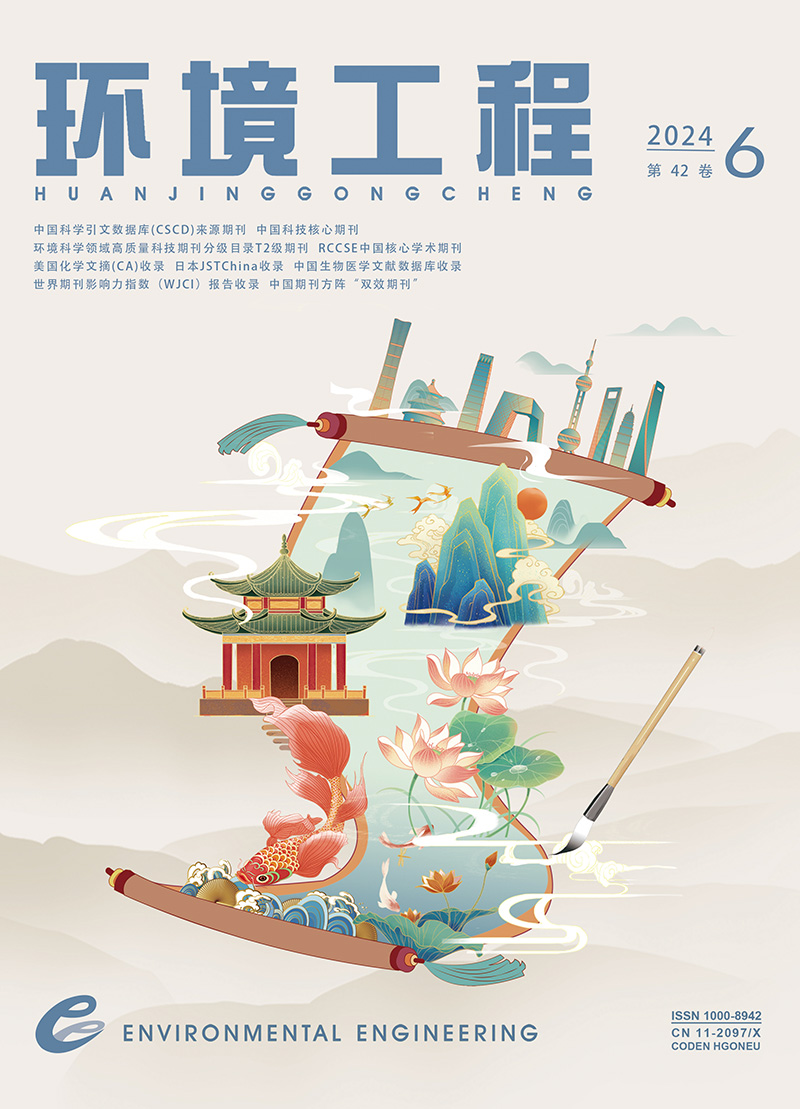垃圾填埋场沥滤液中的微塑料--特征和常见识别方法
引用次数: 0
摘要
据估计,全球约有 40% 的塑料废物被埋在垃圾填埋场,而垃圾填埋场仍是一种广泛使用的废物处理方法。垃圾在填埋后会发生一系列物理、化学和生物变化,产生填埋沥滤液,这是一种高度污染的污水。垃圾填埋场中发生的这些复杂的物理、化学和生物过程还会使塑料碎裂成更小的碎片,这些碎片被称为微塑料(MPs),由于体积小,它们会积聚在垃圾填埋场沥滤液中。根据垃圾类型、降解程度、气候、垃圾填埋场的特点、社会经济因素以及所采用的填埋技术,不同垃圾填埋场的沥滤液成分也不尽相同。目前,微塑料已成为新的人为污染物颗粒,对它们的研究正引起科学界和公众越来越多的关注。尽管垃圾填埋场已采取措施降低这一问题的严重性,但目前和以前的垃圾填埋场中的塑料仍在继续产生微塑料。因此,人类和生物群可能会受到释放到环境中的垃圾填埋场沥滤液的不利影响。为了了解微塑料的降解模式及其所含聚合物的最典型形式,非常有必要对垃圾填埋场中的微塑料进行鉴定和表征。这些工作将有助于更好地了解垃圾填埋场中的 MP 如何影响环境。本文章由计算机程序翻译,如有差异,请以英文原文为准。
Microplastics in landfill leachate - characteristics and common methods of identification
According to estimates, around 40 % of the world's plastic waste production is buried in landfills, which are still a widely used approach for waste disposal. Waste undergoes a number of physical, chemical, and biological changes after being landfilled, producing landfill leachate, a highly contaminated effluent. These complex physical, chemical, and biological processes that occur in landfills also cause plastics to break into smaller fragments called microplastics (MPs) which are accumulated in landfill leachate due to their small size. Depending on waste type, the degree of degradation, the climate, the characteristics of the landfill sites, socioeconomic factors, and the applied landfilling technology, leachate composition differs between landfills. Microplastics are now emerging particle anthropogenic contaminants, and their study is generating more and more attention from the scientific community and the general public. Even though landfills have taken steps to decrease the severity of this problem, MPs continue to be produced by plastics in both current and former landfills. In this way, humans and biota may be adversely affected by landfill leachate that has been released into the environment. In order to comprehend the patterns of microplastics degradation and the most typical forms of polymers that they contain, identification and characterization of MPs from landfills is highly required. These efforts will contribute to a better understanding of how MPs from landfills affect the environment.
求助全文
通过发布文献求助,成功后即可免费获取论文全文。
去求助
来源期刊
自引率
0.00%
发文量
10962
期刊介绍:
Environmental Engineering is a source journal of the Chinese Science Citation Database (CSCD), a source journal of Chinese scientific and technological papers statistics, and a dual-effect journal of the Chinese Journal Matrix. It is selected into the "Chinese Core Journals Overview" and is included in the American Chemical Abstracts (CA), Japanese JSTChina, and Chinese Biomedical Literature (CBM) databases. It mainly covers water pollution prevention and control, air pollution prevention and control, solid waste treatment and disposal, monitoring and evaluation, clean production and energy conservation and emission reduction, soil remediation, etc. Over the years, it has always had a strong team of authors and a wide readership, providing a communication platform for scientific and technological workers and college teachers and students in various fields such as scientific research, engineering design, environmental management, and construction implementation in the field of environmental engineering science.

 求助内容:
求助内容: 应助结果提醒方式:
应助结果提醒方式:


